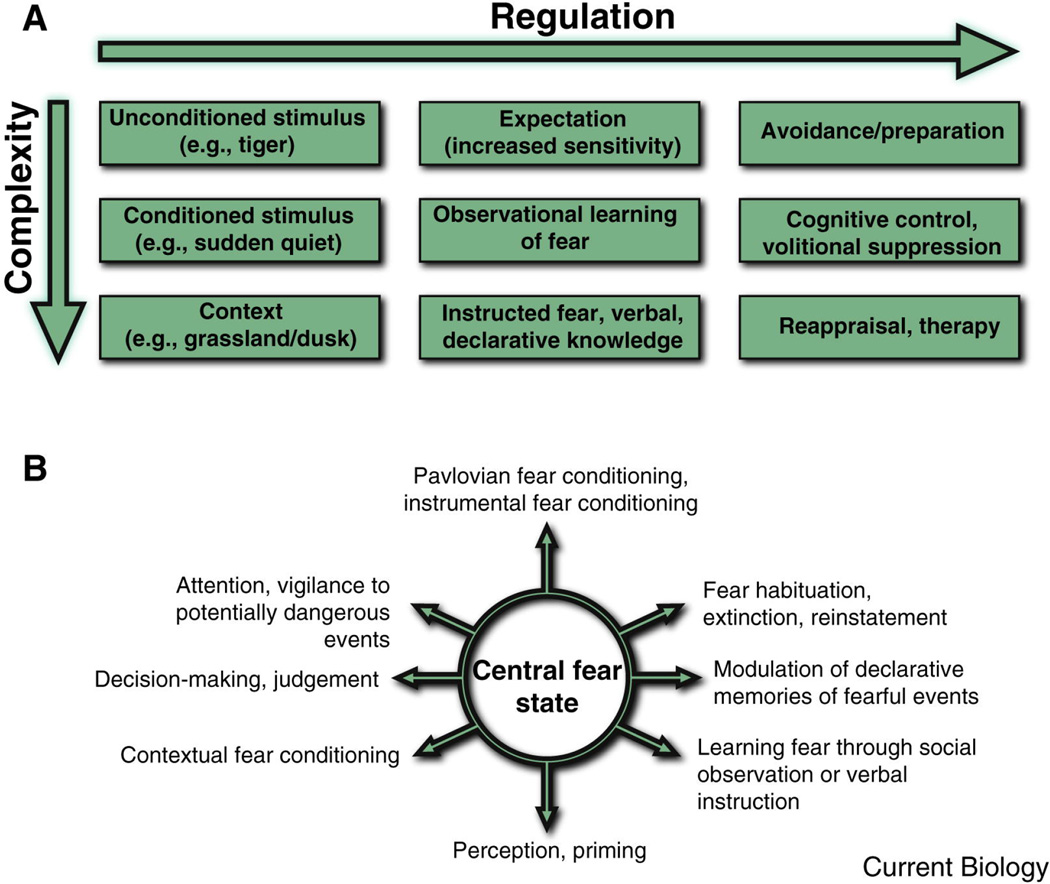Figure 4. Fear, the amygdala, and distance.
Physical distance (proximity) is one of the most basic stimulus cues to trigger fear. (A) Different adaptive types of fear behaviors can be elicited as a function of distance, ranging from freezing to fleeing to defensive attack. Adapted from [74], see also [20] for a similar scheme. (B) Lesions of the human amygdala reduce interpersonal distance and the sense of invasion of personal space. At the top are schematized the mean interpersonal distances from an experimenter for healthy controls (left) and a patient with bilateral amygdala lesions (patient SM, right). At the bottom is a plot of the data showing mean distance that people felt comfortable standing from the experimenter (at the origin), patient SM is the red bar and the rest are healthy controls. From [91]. (C) Approach or retreat of a threatening stimulus (a tarantula) in a human fMRI study showed differential activation of the amygdala and bed nucleus of the striaterminalis. Participants lay inside the fMRI scanner while their foot was placed in compartments at varying distances from the tarantula, a procedure they observed through video (left panel). Subtraction of approach minus retreat (for the same distance, middle panel) resulted in the activation shown on the right panel. From [96].

